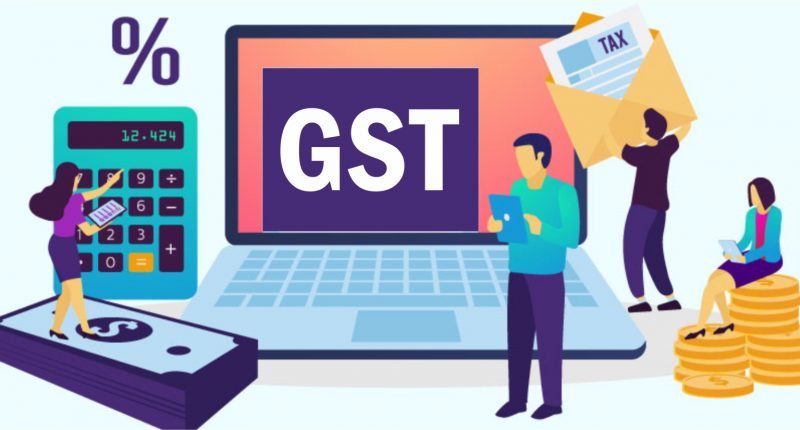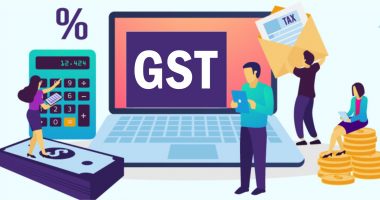You must note a crucial change while preparing GSTR-3B for August 2022. The recently revised Table-4 of the form shall apply from the GSTR-3B of August 2022 and onwards. The Central Tax Notification No. 14/2022 issued on 5th July 2022 notified specific changes in Table 4 of the form GSTR-3B for monthly and quarterly filers.
Both permanent and temporary types of ineligible Input Tax Credit (ITC) appear in GSTR-2B. Henceforth, you must treat both differently for GSTR-3B reporting. Your eligible ITC will be calculated as the ITC reported in Table 4(A) minus the total of reversals in Tables 4(B)(1) and 4(B)(2). It means Table 4A(5) will also include all types of ITC, such as eligible, ineligible permanently and temporarily.
It gets complicated with timing differences when ITC entries found in GSTR-2B of one tax period got accounted for in books of accounts either in earlier or later tax periods. Hence, you need to reconcile GSTR-2B every tax period with books and report ITC in GSTR-3B.
The GSTR-3B format changes require you to report the permanently ineligible ITC that cannot be reclaimed ever, such as Section 17(5), in Table 4(B)(1). It was directly reported in Table 4(D) before the change, which is now renamed ‘Other Details’ from ‘Ineligible ITC’. More examples would be ineligibility under CGST Rules 38, 42, and 43.
All temporarily ineligible ITC amounts must be reported in Table 4(B)(2) as reversed. Examples include ITC falling under CGST Rule 37 or not compliant with Section 16(2) due to invoice unavailability or needing an amendment of GSTIN, etc. In subsequent periods, when it needs to be reclaimed, report such an amount in Table 4(D)(1). These could be because of receiving a purchase or expense invoice on hand or an accurate GSTIN amendment in such purchase invoice, etc.
On the other hand, Table 4(D)(2) can have ineligible ITC being any reclaims after the limitation period. Alternatively, it can have amounts where the purchase was considered intrastate but was in a different state/UT due to place of supply provision, taking an instance of ITC towards hotel accommodation expense.
Hence, Table 4(D) is not just a disclosure of ineligible ITC but an action to avoid any enquiries from the tax authorities when the value disclosed is higher than the value in GSTR-2B. The government ensures that taxpayers report exact values of ineligible ITC for every tax period.
Suppose you have a newly appearing eligible ITC in GSTR-2B of August 2022 or future periods. Also, these belong to any period between April 2021-December 2021 when a 5% provisional ITC as per CGST Rule 36(4) was claimed in GSTR-3B. Claim the entire ITC in Table 4(A)(5) and reverse fully in Table 4(B)(1) to avoid a double effect. Where the eligible ITC availed in GSTR-3B earlier belongs to the periods January-July 2022 and now appears in GSTR-2B, claim it fully in Table 4(A)(5) without the need to reverse any.
Taxpayers must identify the eligible ITC in form GSTR-2B for the present tax period and any unclaimed ITC of previous months. They must keep a trace of ITC appearing in GSTR-2B but not accounted for in books of accounts from time to time.
For any clarifications/feedback on the topic, please contact the writer at annapoorna.m@clear.in
Annapoorna, popularly known as Anna, is an aspiring Chartered Accountant with a flair for GST. She spends most of her day Singing hymns to the tune of jee-es-tee! Well, not most of her day, just now and then.




